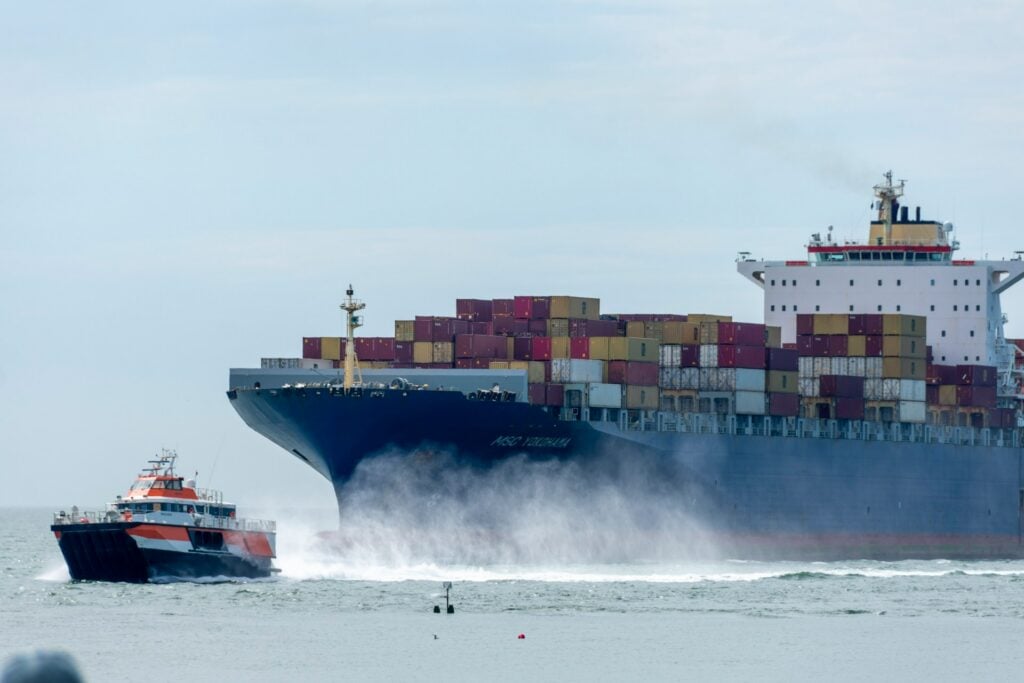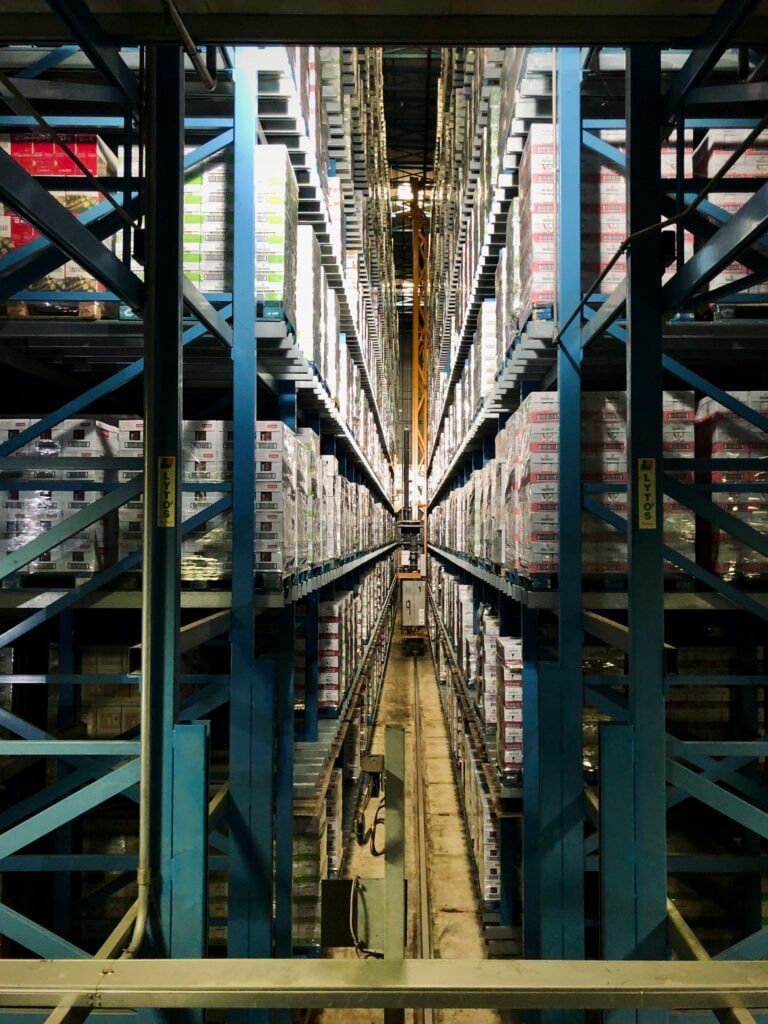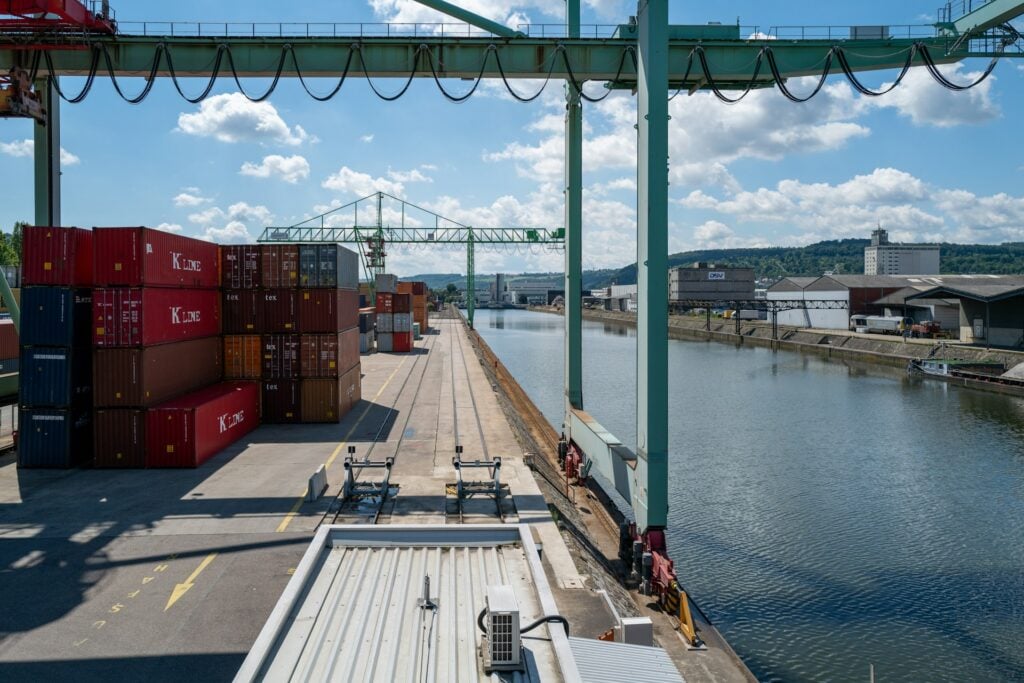Understanding the Sustainable Finance Disclosure Regulation (SFDR)
Overview of the SFDR
The Sustainable Finance Disclosure Regulation (SFDR) is a cornerstone of the European Union’s strategy to promote transparency and accountability in sustainable investments.
Introduced as part of the EU’s Sustainable Finance Action Plan, the SFDR aims to clarify how financial market participants incorporate sustainability risks into their decision-making processes. Enforcing mandatory disclosures ensures investors can make informed decisions. This ultimately fosters trust in the financial sector.
The SFDR is designed to combat greenwashing (misleading claims about the sustainability of investments) by establishing a unified framework for sustainability disclosures. For instance, SFDR Level 2, effective since January 1, 2023, standardizes reporting with templates and detailed requirements. This ensures consistent evaluation across markets.
This framework builds trust and supports the EU’s broader goal of transitioning to a sustainable economy by aligning financial activities with environmental, social, and governance (ESG) objectives. These measures are game-changing for businesses, investors, and the planet.
Key Objectives of the SFDR
The SFDR has two primary objectives: promoting clarity in sustainability disclosures and mitigating greenwashing. Mandating transparency equips investors with critical insights into how sustainability risks and impacts are integrated into financial products.
This clarity enables more informed decision-making, ensuring that investments align with both financial and sustainability goals.
For example, asset managers must disclose principal adverse impacts. This helps stakeholders assess the environmental or social characteristics of their investment products.
Moreover, the SFDR addresses the pervasive issue of greenwashing by requiring granular disclosures about fossil gas and nuclear activities. These amendments, introduced in February 2023, ensure that products are accurately categorized. This makes it easier for investors to distinguish between genuinely sustainable investments and those falsely marketed as such.
By improving accountability and trust, the SFDR plays a crucial role in driving the growth of the sustainable finance market while safeguarding its integrity.
Core Components of the SFDR
Entity-Level Disclosures (Level 1)
Entity-level disclosures under SFDR Level 1 focus on how financial institutions integrate sustainability risks into their policies and practices. This includes addressing principal adverse impacts. These refer to the negative effects that investment decisions can have on environmental, social, or governance factors.
By requiring financial entities to disclose these impacts, the SFDR ensures that investors have visibility into the sustainability practices of asset managers and other financial market participants.
These disclosures are not merely regulatory obligations; they enhance accountability by encouraging firms to adopt clear engagement strategies. For instance, proposals to simplify entity-level reporting emphasize the introduction of voluntary sustainability categories.
Categories such as “sustainable” and “transition” help streamline classifications.
This balance of transparency and flexibility ensures that disclosures are both robust and adaptable to the diverse needs of stakeholders, ultimately fostering a culture of accountability and trust.
Product-Level Disclosures (Level 2)
SFDR Level 2 introduces detailed requirements for ESG-focused financial products, providing investors with standardized and comparable information. These disclosures include templates and criteria that detail how sustainability risks and objectives are integrated into specific financial products.
For example, products must indicate whether they align with environmental or social characteristics or have specific sustainable investment objectives.
Level 2 compliance began on January 1, 2023, marking a pivotal moment for sustainable finance. Financial market participants must adhere to phased updates, ensuring they meet evolving regulatory standards.
This structured approach allows firms to adapt gradually while maintaining their commitment to sustainability.
By standardizing product-level disclosures, the SFDR enhances investor confidence and ensures that sustainable investments deliver on their promises. This makes it a cornerstone of ESG-focused financial markets.
How SFDR Aligns with the EU Taxonomy Regulation
Understanding the EU Taxonomy Regulation
The EU Taxonomy Regulation is a complementary framework to the SFDR. It’s designed to define what constitutes environmentally sustainable activities. It provides clear criteria and metrics for evaluating whether an economic activity significantly contributes to environmental objectives, such as climate change mitigation or the sustainable use of water resources.
This classification system serves as a benchmark for sustainable investments, ensuring that financial products meet stringent sustainability standards.
The taxonomy is crucial in addressing the ambiguity surrounding sustainability claims. By providing a shared understanding of what qualifies as “green,” it supports the SFDR’s broader objectives of transparency and accountability.
Together, these regulations create a robust framework that drives the EU’s transition to a low-carbon economy. This ensures that financial activities are aligned with the region’s ambitious environmental goals.
Synergies Between SFDR and EU Taxonomy
The SFDR and EU Taxonomy work in tandem to enhance consistency and credibility in sustainability disclosures. While the SFDR focuses on transparency in financial products and entities, the taxonomy provides a scientific foundation for defining sustainability standards.
This synergy ensures that sustainability claims are backed by robust, verifiable data, minimizing the risk of greenwashing.
For instance, the integration of SFDR and the taxonomy aligns reporting standards across industries. This creates a uniform approach to sustainability in the EU. This alignment simplifies compliance for businesses and enhances investor confidence by providing clear, consistent information.
These complementary frameworks are pivotal in fostering a sustainable financial ecosystem that meets the demands of regulators, investors, and society at large.
Why SFDR is Crucial for the Logistics Sector
For Logistics Providers and Freight Forwarders
Logistics providers and freight forwarders stand to benefit significantly from SFDR compliance. By adopting sustainability-driven practices, these companies can gain a competitive edge in a market increasingly shaped by ESG-conscious clients.
Transparent sustainability disclosures build trust, enabling logistics providers to attract high-value clients who prioritize environmental responsibility.
SFDR compliance also signals a company’s commitment to reducing its environmental footprint, a critical factor in procurement decisions.
By aligning operations with SFDR requirements, logistics companies can enhance their reputation and secure their position in a rapidly evolving industry.
For CEOs and Executives
For CEOs and executives, SFDR compliance is more than a regulatory obligation. It is a strategic opportunity!
By integrating ESG factors into core business operations, companies can enhance their brand credibility and ensure long-term viability. SFDR-driven transparency allows businesses to showcase their commitment to sustainability, appealing to investors, partners, and customers alike.
This strategic integration not only strengthens a company’s market position but also prepares it for future regulatory developments. In a business landscape where sustainability is increasingly non-negotiable, SFDR compliance is a powerful tool for driving growth and resilience.
For Sustainability Officers
Sustainability officers play a crucial role in aligning company practices with SFDR requirements. The regulation provides a clear framework for integrating sustainability risks into decision-making processes, offering actionable insights for improving ESG performance.
By leveraging these guidelines, sustainability officers can drive meaningful change within their organizations. This ensures compliance and positions their companies as leaders in the sustainability space.
Final Thoughts on SFDR and the Future of Sustainable Logistics
The Sustainable Finance Disclosure Regulation is more than just a compliance requirement. It’s a call to action for businesses to align with the growing demand for transparency and accountability in sustainable practices. As the logistics industry faces mounting pressure to integrate ESG considerations, tools that simplify and enhance sustainability reporting are essential.
Dockflow’s CO2 Emissions platform empowers logistics teams to take the lead in sustainable logistics. By providing real-time insights and automated emissions tracking, Dockflow enables businesses to meet SFDR requirements and build trust with ESG-conscious stakeholders.
Embracing such innovative solutions is not only critical for compliance but also for future-proofing operations in an industry rapidly shifting toward sustainability. With Dockflow, your journey to sustainable logistics becomes seamless, impactful, and forward-thinking.





